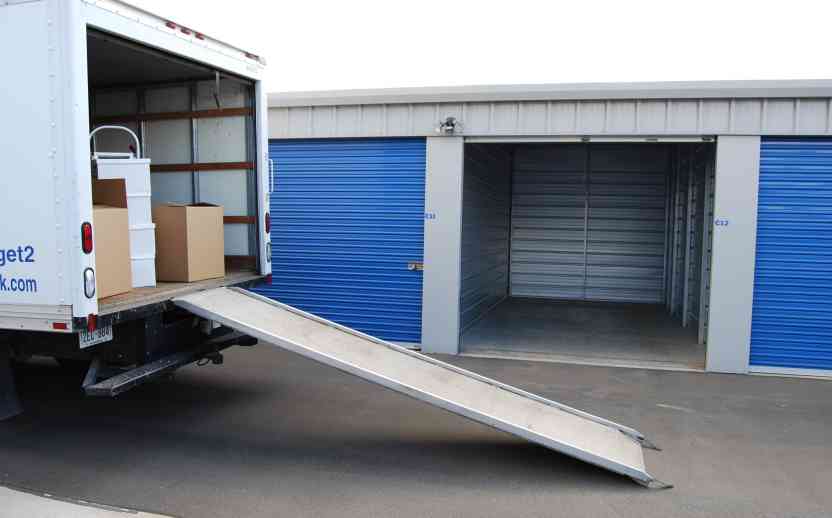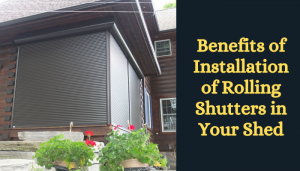Self-storage has become increasingly popular as people look for convenient and secure ways to store their belongings.
Whether you’re moving, decluttering, or just need extra space, taking advantage of self-storage facilities can be a practical solution. However, to make the most of your self-storage experience, it’s essential to be well-prepared and organized.
In this article, we will provide you with the best tips for taking self-storage, helping you simplify and optimize your storage journey.
Assess Your Needs:
Before you start looking for a self-storage facility, take the time to assess your storage needs. Determine what items you plan to store and their sizes.
This evaluation will help you determine the appropriate storage unit size and identify any specific requirements, such as climate control or security features. By understanding your needs, you can choose the right storage facility that meets your requirements.
Research and Compare Facilities:
Do thorough research and compare different self-storage facilities in your area. Look for reliable facilities that offer excellent security measures, convenient access hours, competitive prices, and a variety of unit sizes.
Read online reviews and visit the facilities in person to get a sense of their cleanliness, maintenance, and customer service. Take note of any additional amenities they offer, such as 24/7 surveillance, on-site management, or packing supplies.

Plan and Organize Your Storage Space:
Before moving your items into the storage unit, create a plan for organizing the space. Group similar items together and prioritize them based on how frequently you might need to access them.
Use sturdy boxes, plastic bins, or storage containers to protect your belongings and maximize space utilization. Label each box clearly to identify its contents, making it easier to locate items later. Create an inventory list of everything you store to keep track of your belongings.
Pack and Protect Your Items:
When packing your items for self-storage, use appropriate packing materials to safeguard them during transit and while in storage. Bubble wrap, packing peanuts, and furniture covers can provide extra protection for delicate or valuable items. Disassemble large furniture pieces to save space and prevent damage.
Fill boxes to their capacity but avoid overpacking, as it can make them too heavy to handle or cause them to collapse. Arrange heavier items at the bottom and place delicate items on top.
Utilize Vertical Space and Shelving:
To optimize your storage unit, make use of vertical space. Stack boxes and furniture vertically to maximize the available area. Place heavier and sturdier items at the bottom and lighter ones on top. Consider installing freestanding or wall-mounted shelving units to create additional storage levels.
Shelving not only increases your storage capacity but also allows for better organization and easier access to your belongings.
Create Pathways for Accessibility:
When arranging your items inside the storage unit, ensure you create clear pathways for easy access to all sections. Leave enough space between boxes and furniture to navigate and retrieve items without causing any damage. If you anticipate needing frequent access to certain items, keep them near the front of the unit for convenience.
Maintain a Detailed Inventory:
Keeping a detailed inventory of your stored items is crucial. Create a comprehensive list that includes each box or item’s contents, along with corresponding box numbers or labels.
Update the inventory whenever you add or remove items from storage. This inventory will help you keep track of your belongings and facilitate easier retrieval when needed.
Protect Your Belongings:
Even with secure self-storage facilities, it’s essential to protect your belongings from potential hazards. Consider purchasing insurance for your stored items to provide coverage in case of theft, damage, or natural disasters.
Additionally, choose a lock for your storage unit that is sturdy and tamper-proof to enhance security
Maintain Proper Climate Control:
If you’re storing items that are sensitive to temperature and humidity, such as wooden furniture, electronics, or artwork, opt for a climate-controlled storage unit.
Climate control helps regulate temperature and humidity levels within the unit, protecting your belongings from extreme fluctuations that can cause damage or deterioration. Be sure to inquire about climate control options when selecting a storage facility.
Implement Security Measures:
Security should be a top priority when choosing a self-storage facility. Look for facilities with robust security measures, including surveillance cameras, access control systems, and well-lit premises.
A gated facility with limited access to authorized individuals adds an extra layer of protection. Consider using a high-quality padlock or lock provided by the facility to secure your unit effectively.
Maintain Regular Visits and Checkups:
While you may not need frequent access to your stored items, it’s still advisable to visit the storage facility periodically to check on your belongings and ensure everything is in order.
Regular visits allow you to identify any potential issues, such as leaks, pests, or signs of damage, early on. If you notice any concerns, notify the facility management promptly so they can address them.
Stay Organized Throughout:
Maintaining organization throughout your self-storage experience is essential. Whenever you add or remove items, try to reorganize the unit and update your inventory accordingly.
Avoid haphazardly placing new items on top of existing ones, as this can lead to disarray and make it difficult to find things later. By consistently organizing and keeping track of your stored items, you’ll save time and frustration when you need to retrieve something.
Take Proper Precautions for Fragile Items:
If you have fragile or delicate items, take extra precautions to protect them. Wrap fragile items in packing paper or bubble wrap and use dividers or cushioning materials to prevent them from shifting or breaking during transport and storage.
Clearly label boxes containing fragile items, so you and anyone helping you handle the boxes know to exercise caution.
Consider Accessibility and Convenience:
When selecting a self-storage facility, consider its location and accessibility. Choose a facility that is convenient for you to access whenever needed.
If you anticipate frequent visits, opt for a facility that offers extended access hours or even 24/7 access. A nearby facility can save you time and effort in the long run.
Review and Understand the Rental Agreement:
Before signing a rental agreement, thoroughly review and understand all the terms and conditions. Pay attention to details such as rental fees, payment schedules, late fees, and any restrictions or policies related to storing certain items. Clarify any doubts with the facility management to avoid any misunderstandings or surprises down the line.
Conclusion:
Taking self-storage doesn’t have to be a daunting task. By following these best tips, you can simplify and optimize your storage experience.
From assessing your needs and researching facilities to organizing your belongings and implementing security measures, each step plays a crucial role in ensuring the safety and accessibility of your stored items.
By taking the time to plan, pack, and maintain a detailed inventory, you’ll have peace of mind knowing your belongings are well-protected and easily accessible whenever you need them.



